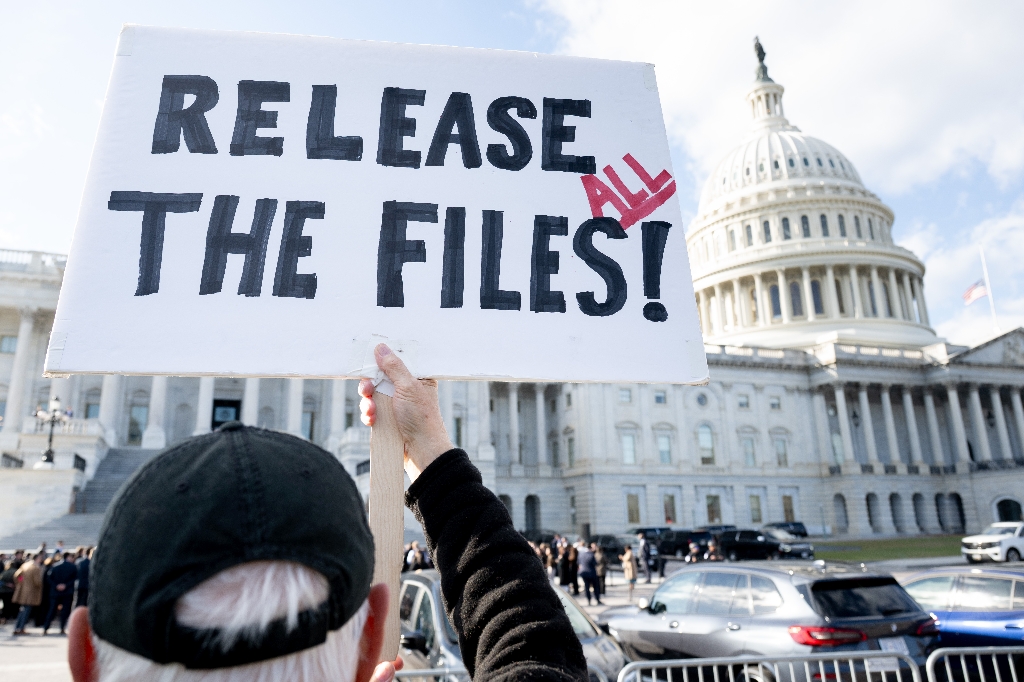(AFP) – The US decision to send anti-personnel landmines to Ukraine — a major policy shift slammed by rights groups — was triggered by a change in Russian battlefield tactics favoring infantry over mechanized units, US Defense Secretary Lloyd Austin said Wednesday. “They don’t lead with their mechanized forces anymore,” Austin told reporters while on a visit to Laos. “They lead with dismounted forces who are able to close and do things to kind of pave the way for mechanized forces.” The Ukrainians “have a need for things that can help slow down that effort on the part of the Russians.”
President Joe Biden’s reversal of his previous curbs on US landmines comes just days after Washington gave Ukraine the green light to use US-made long-range missiles on targets within Russia, a longstanding ask from Kyiv. The outgoing US administration is aiming to give Ukraine an upper hand before President-elect Donald Trump enters office. Trump has repeatedly criticized US assistance for Ukraine, claiming he could secure a ceasefire within hours, without explaining details. His comments have triggered fears in Kyiv and Europe about Ukraine’s ability to withstand Russian attacks without US support.
In 2022, Biden said the United States would mostly ban its use of landmines, at the time specifically drawing a contrast with Russia’s use of the weapons in Ukraine. Both Russia and the United States — neither of which are signatories to the UN Mine Ban Treaty — have been criticized for their past use of anti-personnel mines. Ukraine is a signatory of the treaty. A report from the International Campaign to Ban Landmines on Wednesday said Kyiv was investigating the reported use of anti-personnel mines by its soldiers in 2022, in violation of the treaty.
– ‘Threat to civilians’ –
The United States said Ukraine would be supplied with so-called “non-persistent” mines that can self-destruct or render themselves inactive after losing battery charge — in theory limiting the risk to civilians. “Within two weeks, if they have not been detonated, they become inert,” State Department spokesman Matthew Miller told reporters. He said that Ukraine would need to conduct missions to get rid of unexploded ordnance at the end of the conflict regardless of the new weapons authorization.
The decision was immediately slammed by rights groups. Mary Wareham, a deputy director at Human Rights Watch, said Ukraine’s use of the mines would contravene the Mine Ban Treaty and questioned the safety of the aging stocks Washington would be supplying. “From a clearance perspective, de-miners have to approach any type of explosive object with the knowledge that it may explode,” Wareham told AFP, adding that the self-deactivation feature is “not enough.” Amnesty International called Washington’s decision “a deeply disappointing setback,” saying “even the ‘non-persistent’ mines are a threat to civilians.”
The Biden administration was similarly criticized last year for supplying Ukraine with cluster munitions. The landmines will be provided as part of a larger tranche of aid being supplied to Ukraine valued at $275 million, which also includes HIMARS rocket ammunition, TOW missiles, and small arms.
– Battlefield escalation –
Both Moscow and Kyiv are jockeying to secure battlefield advantage before Trump assumes office in January. This week, Kyiv fired long-range, US-supplied ATACMS missiles at Russian territory for the first time. On Tuesday, Russian President Vladimir Putin signed a decree lowering the threshold for when Russia could use nuclear weapons.
Laos, where Austin made his comments, is still recovering from heavy US bombing during the Vietnam War. More than 20,000 people have been killed or injured from unexploded ordnance in the half-century since, according to The Halo Trust, a de-mining group.
© 2024 AFP




